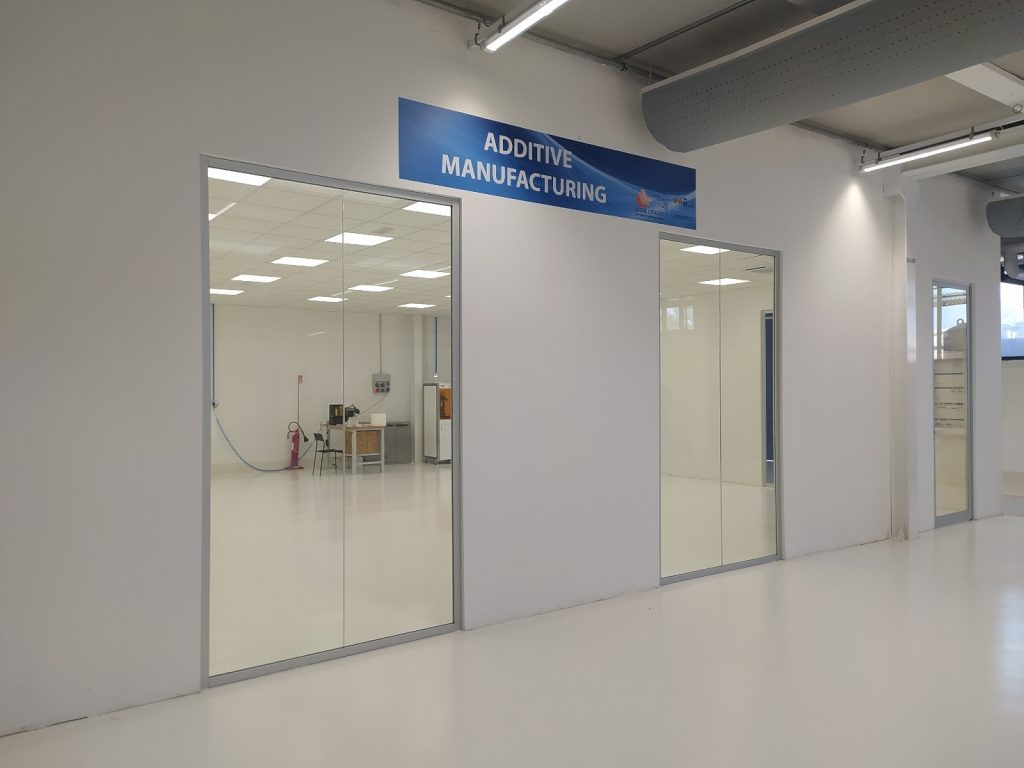Additive manufacturing was introduced in the orthopedic field in the early 2000s. The first uses in orthopedics began with prototyping and the creation of customized anatomical models for surgical planning and medical training purposes. These 3D models allowed surgeons to study the patient’s anatomy in detail before surgery.
Over time, 3D printing technology has been increasingly integrated into the orthopedic field for production of prosthetics, customized orthoses, implants and even skeletal structures.
However, it is important to note that the evolution of 3D printing in medical orthopedics is an ongoing process, and applications and techniques continue to develop to improve the quality of orthopedic care and patients’ lives.
Which are the advantages of additive manufacturing for orthopedic surgery?
There are many ways in which additive manufacturing has brought benefits to the orthopedic industry, among the most important: the countless possibilities for customization and the reduction of production times.
Clearly there are many other aspects of additive that have, in recent decades, influenced the orthopedic sector.
Let’s start with the most important ones, mentioned above.
First of all, “Customization”. Thanks to additive it is now possible to create tailor made prostheses, orthotics and orthopedic implants. This is particularly advantageous in cases where a patient’s needs are unique, as each device can be designed to perfectly match the patient’s anatomy.
“Reduction of production times” is important at the same time. In fact, additive can significantly reduce production times compared to traditional methods which, however, are still used today to create orthopedic prostheses and implants. However, this feature is fundamental in emergency situations or when it is necessary to quickly replace a prosthesis or implant.
What does it happen when the detail is complex? In this case, additive allows the creation of orthopedic devices with complex and intricate geometries, which would be difficult or impossible to produce with other methods. This is useful for devices that must adapt to complex parts of the body or that require particular processing, which is difficult to achieve with other technologies.
Which are the materials for additive in orthopedic surgery?
We have not to forget the materials that 3D printers are able to process mention, considering that only specific biocompatible materials can be used. There are many of them, but only some can be used in the orthopedic field for the creation of implantable devices. Among these, 3D printing can boast the use of the most advanced in this field such as, for example titanium alloys and biocompatible polymers, which can be used for production of resistant, light and long-lasting implants.
We have to remember that additive manufacturing began its history as a technology suitable for the creation of prototypes. For this reason, it has also been exploited in the medical sector for Research and Development- In fact, Its use facilitated the development of new orthopedic devices. Researchers can quickly prototype and test new concepts before starting large-scale production. The creation of prototypes, in this case, can also be done with materials that do not necessarily have to be biocompatible.
Overall, additive is improving the quality of orthopedic care, offering personalized solutions and enabling surgeons to face challenges in a more effective and efficient way.
Additive manufacturing and Leghe Leggere
Considering all these advantages, in Leghe Leggere we have decided to develop plans for the next 5 years, in which 3D printers for the production of implantable medical devices are at the forefront.
For the moment we have started by dedicating a specific area to this technology in the new Plant 3.


